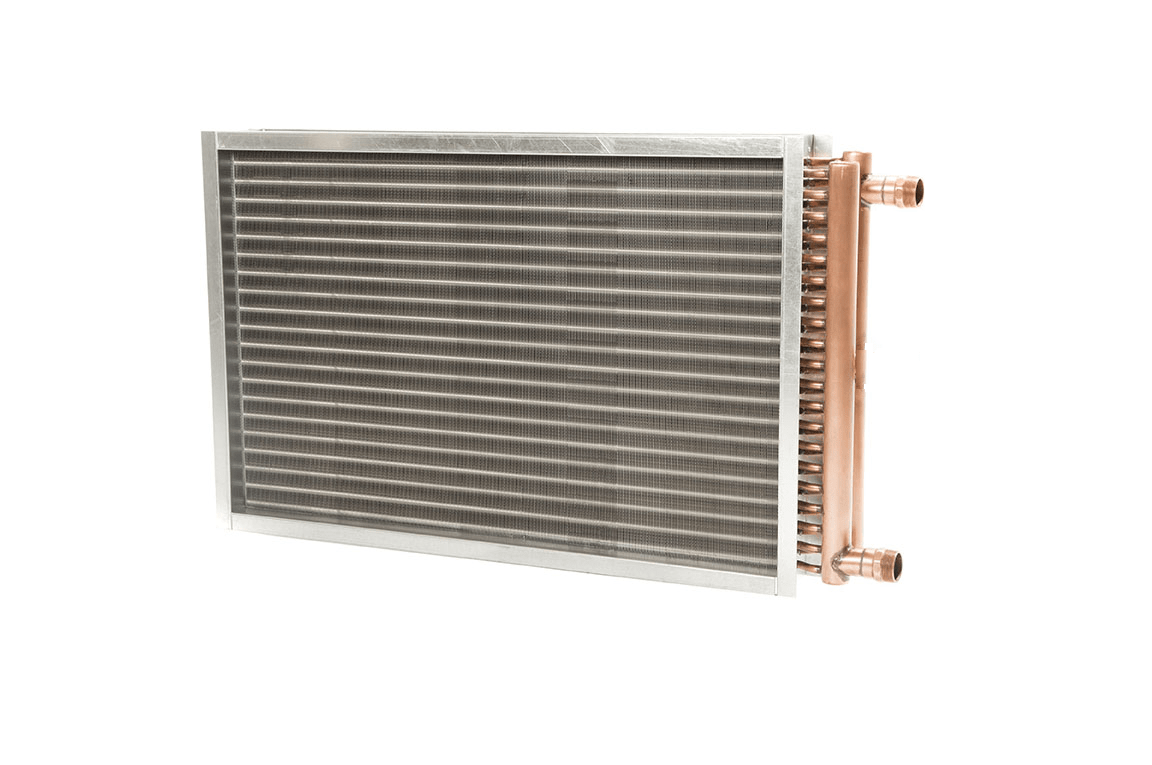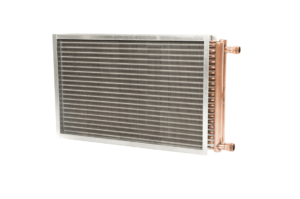
Can You Count on Coil Performance Expectations?
The HVAC industry has many manufacturers of units that all have heating and/or cooling coils as an integral part of their package. There are also many free-standing coils in large built up systems and some are mounted in duct runs from a central station unit. What they all have in common is the presumption that all the coils will meet the designated performance. They do and here’s why.
Our industry is very competitive, and all manufacturers want the best and most efficient performance. Why? Because it enhances their unit’s overall performance and reduces the overall size of the unit. For that reason, all coil manufacturers test their coils to be sure that the stated performance is accurate. Example: Consider a packaged rooftop air conditioner. If it’s “air-cooled”, at the very least, evaporator coils and condenser coils will be mounted on the cooling side of the unit. Some units may also have hot water coils. If any of these coils don’t perform properly, it will reduce the overall efficiency and performance of the unit.
Coils do not have movable parts, and performance is based on what’s distributed to the coil on both the air side and the tube side. When you think about it, a coil can have unlimited performances. Example: Consider a heating coil that has a stated performance based on a designated CFM, entering air temperature, volume of water (GPM) and entering water temperature is assumed at 180 degrees F. If the boiler only pumps water temperature at 170 degrees F, the coil capacity is reduced, because colder water creates less heat transfer. This is the reason coil performance is constantly changing – because the specified characteristics are changing.

All coil specifications should have performance parameters based on the worst conditions. If the coil is selected for the worst conditions, theoretically it will perform at any intermediate condition. Today, coil selections are generated by a coil computer program. If you input the correct coil size, type, and conditions, the proper selection is easily determined, and any intermediate load condition is a system control function. Remember: Coil performance will change if conditions are changed.
Most manufacturers have many different coil and fin options that alter performance. When looking at the term “heat transfer”, the more contact the air has with the surface, the higher the BTUH capacity. However, there’s a downside – there will be more air drag which increases air resistance. That’s why there are multiple fin designs, i.e., “corrugated and rippled”, “flat” or “louvered”. These are some examples, but I’ve personally counted over 16 different finned patterns used in our industry – some with more and some with less air contact. It’s important that the coil selection specifications meet the required balances between capacity and pressure drop for each job. In the 70’s, we had about 3 or 4 selections, along with spiral fin patterns. It took 10 to 15 minutes to select one coil for any of these alternatives. Shows you how technology has changed our industry over the years.
Many of our coils are selected and installed as replacement coils. Today, performance is almost never an issue, because coil efficiency is so much better than coils of decades ago. Most old coils have tube and fin side fouling from years of service, so a new coil immediately provides better performance than its predecessor. We’ve seen air flow increase so much that water carryover occurs on cooling coils due to the extreme difference in performance between the fouled coils and the new, clean coils.
Existing systems have had built in capacity problems since their inception due to design problems for major allied equipment, such as boilers, chillers, pumps and fans that didn’t meet their individual design specifications. Example: Consider a large chilled water system that needs to supply 45 degrees F water to its air handling units throughout the building. Many units at the far end of the loop have never had less than 48 degrees F water. In this example, the leaving air temperature of a cooling coils leaving air could be 4 or 5 degrees less than specified because of the change in water temperature. When the new replacement coils are selected, many times this inherent problem can be dramatically reduced or alleviated totally.
USA Coil & Air is your one-stop shop for all types of HVAC and process heating and cooling coils. If you want the best coil selection to meet your desired conditions, USA is your answer. We’ve been in this business for over 4+ decades and have stood the test of time. The best coil selection and performance begin with excellent communication between USA Coil & Air and the installer. Many times, we can provide alternative selections for the customer’s review. After all, isn’t it important that you provide your customers with quality coils that will perform for decades?
